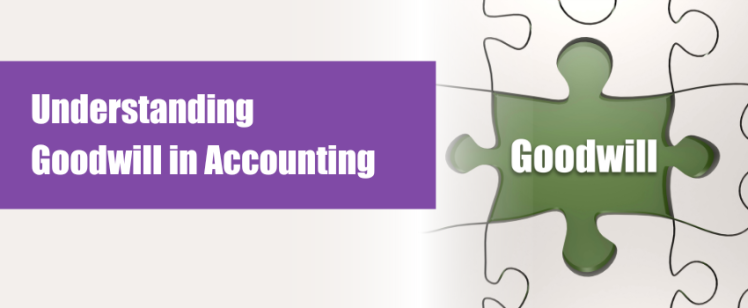-
Understanding Goodwill in Accounting
You might know the word “goodwill” as the name of a local charity where you can drop off household items you no longer need. It might also be something that’s talked about at church. But in accounting circles, goodwill is something completely different.
Goodwill is an account on the balance sheet of certain businesses. It falls into the category of assets, and specifically, it’s an intangible asset. An intangible asset is something that is not physical. Examples of other intangible assets are copyrights, patents, and trademarks.
Goodwill arises when one company purchases another. When a company pays more for the company that it is acquiring, the difference is booked as goodwill. Goodwill represents the extra value that the acquisition provides for the purchasing company.
When one company buys another, the assets and liabilities of the acquired company are taken over by the purchasing company. They are recorded on the purchasing company’s books at their fair value. The balancing entry between the fair value of the assets and liabilities purchased and the purchase price is booked to the goodwill account.
What could lead a company to pay more for another company? Things that are not on the balance sheet but are valued could include a solid customer base, great employees, brand reputation, the company name and what it means, technology owned by the company, and a great reputation for customer service.
Normally, an intangible asset like goodwill would be amortized, but it is not. Amortization is when a portion of the asset is expensed each year. A patent, for example, is amortized over its useful life, not to exceed 20 years. Amortization is comparable to depreciation. Some physical assets are depreciated, while some intangible assets are amortized.
Before 2001, goodwill was amortized for up to 40 years, but the accounting rules have changed to something less arbitrary. Goodwill must be checked each year for “impairment.”
Goodwill impairment happens when the value of the acquisition declines after it has been purchased. One of the most famous impairments write-downs occurred right after this new accounting rule was implemented. In 2002, $54.2 billion in impairment costs was reported for the AOL Time Warner, Inc. merger.
More recently, in 2020, a few of the largest impairment write-downs included companies, such as Baker Hughes, Berkshire Hathaway, and ATT, due to the latter’s acquisition of DirecTV in earlier years. In 2022, impairment write-downs included Teladoc Health and Comcast. Covid-19 was in part responsible for a large number of impairment write-downs in recent years.
If impairment is required to be booked, the journal entry will look like this:
Debit Impairment Expense (increases expenses and therefore reduces profits)
Credit Goodwill (reduces the asset amount)
If your company has acquired other companies and you have a goodwill account on your balance sheet, you can work with your accountant to determine how to check for impairment and if you are required to correct your books.
- (609) 759-5881
- Contact us
